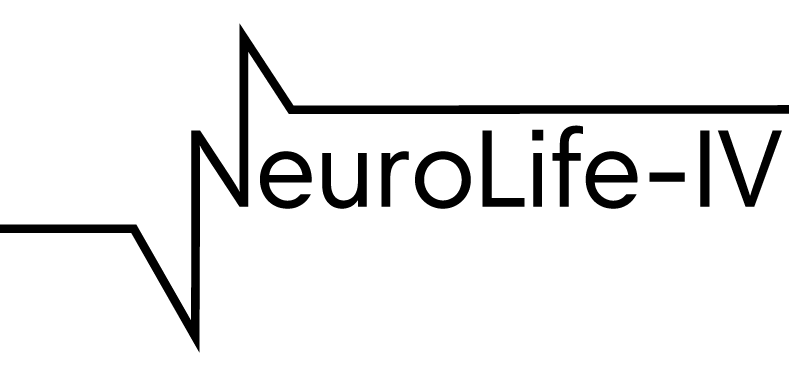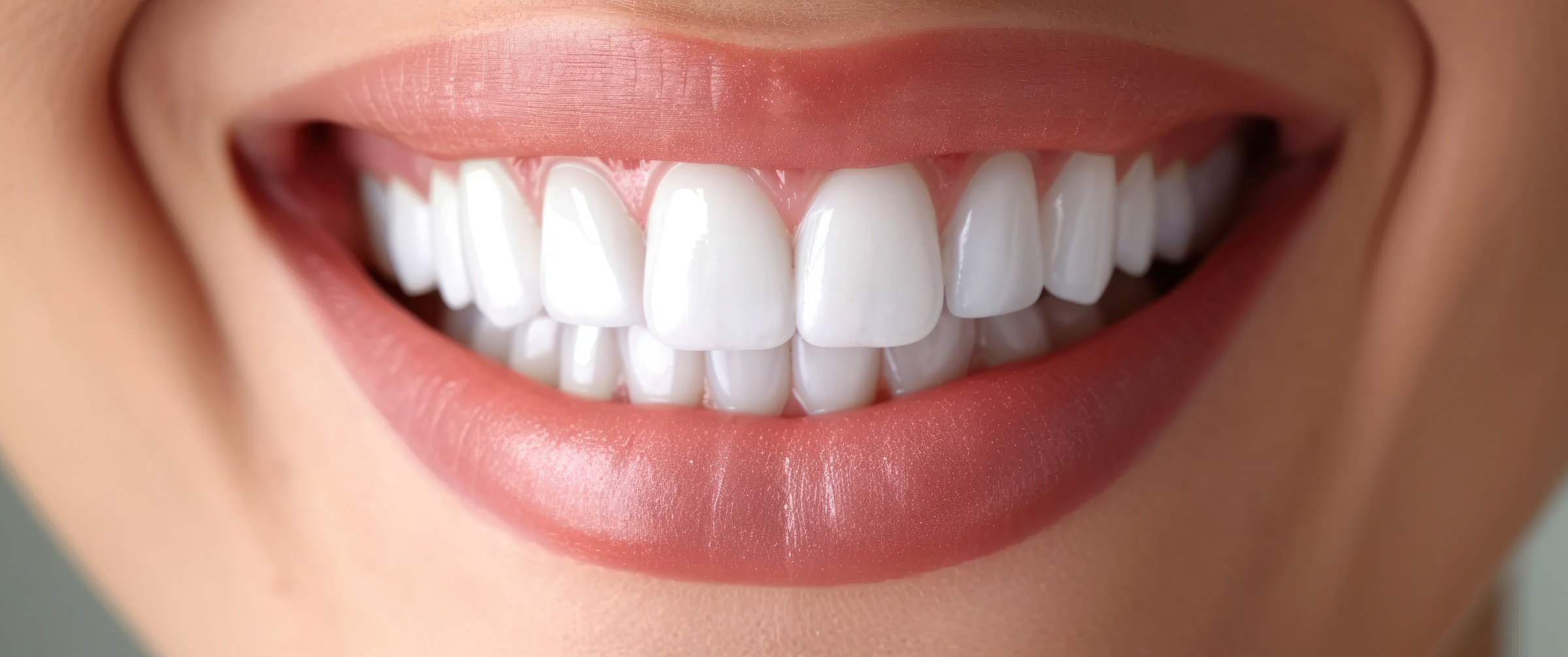The Tooth-Organ Connection:
Introduction
Neurological disorders are linked to uncorrected or improperly treated dental issues. When dental work such as root canals, amalgam fillings, or cavitations are left unresolved, they can create interference fields that lower the body’s cellular voltage. This decline in bioelectrical potential weakens the body’s natural defenses, creating an environment in which parasites, heavy metals, and viruses can more easily penetrate the blood-brain barrier and compromise neurological function. Conversely, correcting these underlying dental disturbances often results in a measurable restoration of the body’s voltage, supporting immune function and neurological integrity.
Integrative medicine and biological dentistry have revealed the profound connections between oral health and systemic well-being. One of the most insightful frameworks for understanding this dynamic is the tooth-organ connection—a model rooted in Traditional Chinese Medicine (TCM), neuroanatomy, and modern bioregulatory science. Each tooth is associated with specific organs and systems through energy meridians, neural pathways, and lymphatic channels. As such, disturbances in oral health can trigger dysfunction in distant parts of the body, especially within the brain and nervous system.
Understanding the Tooth-Organ Meridian System
The mouth is more than a mechanical system for chewing—it is a central interface in the body’s bioenergetic and neurological networks. Teeth are connected to organs and tissues via:
- Acupuncture meridians (TCM theory)
- Autonomic nervous system pathways
- Blood and lymphatic circulation
Dental issues such as root canals, cavitations, infections, or metal-based fillings may act as interference fields, disrupting energy flow and leading to dysfunction in corresponding systems.
Tooth-Organ Meridian Chart
| Tooth Position | Related Organs & Systems |
| Upper Incisors (7, 8, 9, 10) | Kidneys, Bladder, Urogenital system, Ears |
| Upper Canines (6, 11) | Liver, Gallbladder, Eyes, Tendons |
| Upper Premolars (4, 5, 12, 13) | Lungs, Large Intestine, Skin |
| Upper Molars (1-3, 14-16) | Stomach, Spleen, Pancreas, Thyroid |
| Lower Incisors (23-26) | Kidneys, Bladder, Reproductive system |
| Lower Canines (22, 27) | Liver, Gallbladder |
| Lower Premolars (20, 21, 28, 29) | Lungs, Large Intestine |
| Lower Molars (17-19, 30-32) | Stomach, Pancreas, Small Intestine, Colon, Joints |
| Wisdom Teeth (1, 16, 17, 32) | Heart, Small Intestine, Endocrine system, Autonomic Nervous System |
Note: Tooth numbers follow the Universal Numbering System.
Clinical Implications of the Tooth-Organ Link
Research and clinical experience show a strong correlation between unresolved dental infections and chronic disease. Common examples include:
- Root canals on molars correlating with digestive issues.
- Upper incisors influencing bladder or kidney disorders.
- Lower premolars tied to respiratory and intestinal dysfunction.
- Wisdom teeth and heart arrhythmias or nervous system dysregulation.
Modern Corroboration: Oral-Systemic Health Science
In Western medicine, growing evidence supports the oral-systemic health link:
- Periodontal disease is associated with heart disease, diabetes, and Alzheimer’s.
- Oral pathogens have been found in the brains of Alzheimer’s patients.
- Heavy metals in amalgam fillings can leach into the bloodstream and cross the blood-brain barrier.
This supports the assertion that maintaining oral health is essential not only for dental integrity but for protecting the entire body.
Common Dental Disruptions and Their Systemic Impact
| Dental Condition | Potential Systemic Effect |
| Root canal infections | Chronic fatigue, autoimmune symptoms |
| Mercury amalgam fillings | Neurological symptoms, kidney burden |
| Cavitations (jawbone lesions) | Headaches, immune suppression, joint pain |
| Gum disease (periodontitis) | Cardiovascular and respiratory disorders |
Prevention and Holistic Approaches
- Choose biocompatible materials in dental procedures.
- Avoid unnecessary root canals; consider ozone therapy or extraction.
- Use non-metal implants or ceramic restorations.
- Implement oral detox protocols (e.g., oil pulling, zeolite rinses).
- Work with a biological dentist trained in meridian-based diagnostics.
Conclusion
The tooth-organ connection is more than an abstract theory—it is an anatomical, neurological, and energetic reality supported by both ancient traditions and emerging science. By recognizing the mouth as a mirror of the body and a gateway to healing, practitioners and patients alike can improve outcomes in chronic illness, enhance vitality, and take a more empowered role in their health journey.
References and Resources

